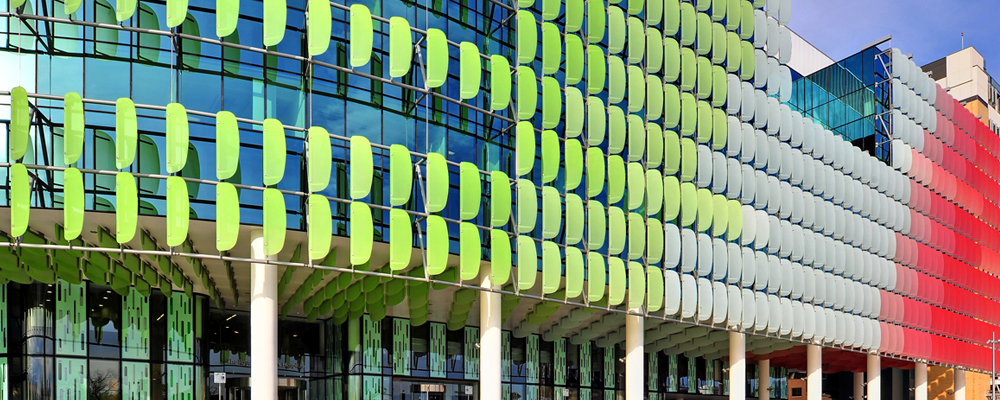
Life Cycle Assessment - LCA Performance
How does one major material, such as PVC, compare on environmental grounds with alternative product performing a similar function? Such comparisons require a detailed 'cradle-to-grave' or ‘cradle to cradle’ assessment of product systems through all stages of their lives. Raw material extraction, product manufacture, use and ultimate disposal are all factors which need to be considered. These comparisons have come to be known as Life Cycle Assessments (LCAs).
LCAs are complex and are usually carried out by independent research organisations and LCA expert practitioners. Globally, at least 60 LCAs have been conducted on a range of PVC products since the mid 1980s. There is usually no clear ‘winner’ as all materials/products have strengths and weaknesses, but there are often some products that perform worse in all life cycle impact categories. To the best of our knowledge, assessments of PVC have never produced that outcome. The findings have generally been neutral to favourable for PVC.
LCA findings are of global interest and the Vinyl Council ensures the data is passed on to Australian industry and stakeholders. Many noteworthy reviews of PVC LCAs have been conducted and released. In particular:
- the 2004 European Commission (EU) review 'Life cycle assessment of PVC and of principal competing materials'confirms that, in its major applications, PVC is as good an option as its competitors.
- The Natural Step's evaluation of the sustainability of PVC across its life cycle found: 'Many life cycle analyses (LCAs) have been carried out upon various applications of PVC; probably more than for any other material. Inevitably they are of differing credibility, although the overall weight of them suggests that PVC is no more environmentally unacceptable or unsustainable than alternative materials (including "natural" ones) in the short to medium term.'
Dr. MarkEverardet al., 2000, 2020 Vision Series No. 2: PVC and Sustainability - the Green Building Council of Australia (GBCA) conducted a comprehensive review and assessment of PVC and its use in building products. According to its final report,Background and Outcomes of the Green Star PVC Minimisation Credit Review(2010), it found that “the life cycle of PVC…had changed considerably over the past five years” as the industry addressed some of the historical concerns associated with the material's life cycle. GBCA went on to state that “…environmental and human health risks associated with PVC can be minimised by using best practices in the manufacturing and end-of-life management phases of the PVC life cycle.”
- The Australian Plastics and Chemicals Industries Association (PACIA) commissioned Australia's pre-eminent scientific organisation, CSIRO, to conduct an independent review and report on whether or not PVC building products were any more harmful to the environment than alternative materials. After a thorough review of the scientific evidence the CSIRO concluded that:‘The adverse environmental effects of using PVC in building products are very small, and no greater than those for other materials.’
R Smith, 1996, The environmental aspects of the use of PVC in building products,CSIRO - Updated editions of the CSIRO review were published in 1998 and 2001, the latest of which states: 'It can be concluded from the evidence sighted in this and preceding reports that the possible adverse human health and environmental effects of using PVC in building products is not greater than those of other materials.'
P. Coghlan, 2001,A discussion of some of the scientific issues concerning the use of PVC. An update of the CSIRO report "The environmental aspects of the use of PVC in building products, Second Edition, 1998'CSIRO Molecular Science






